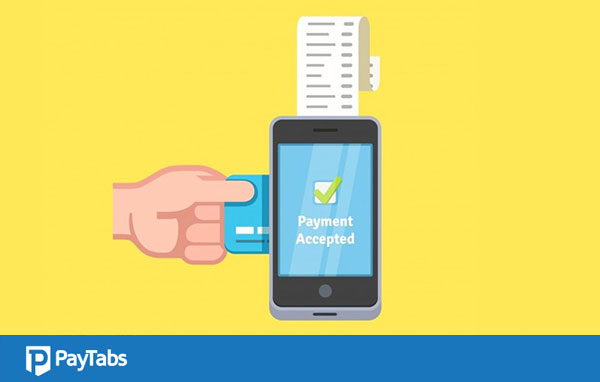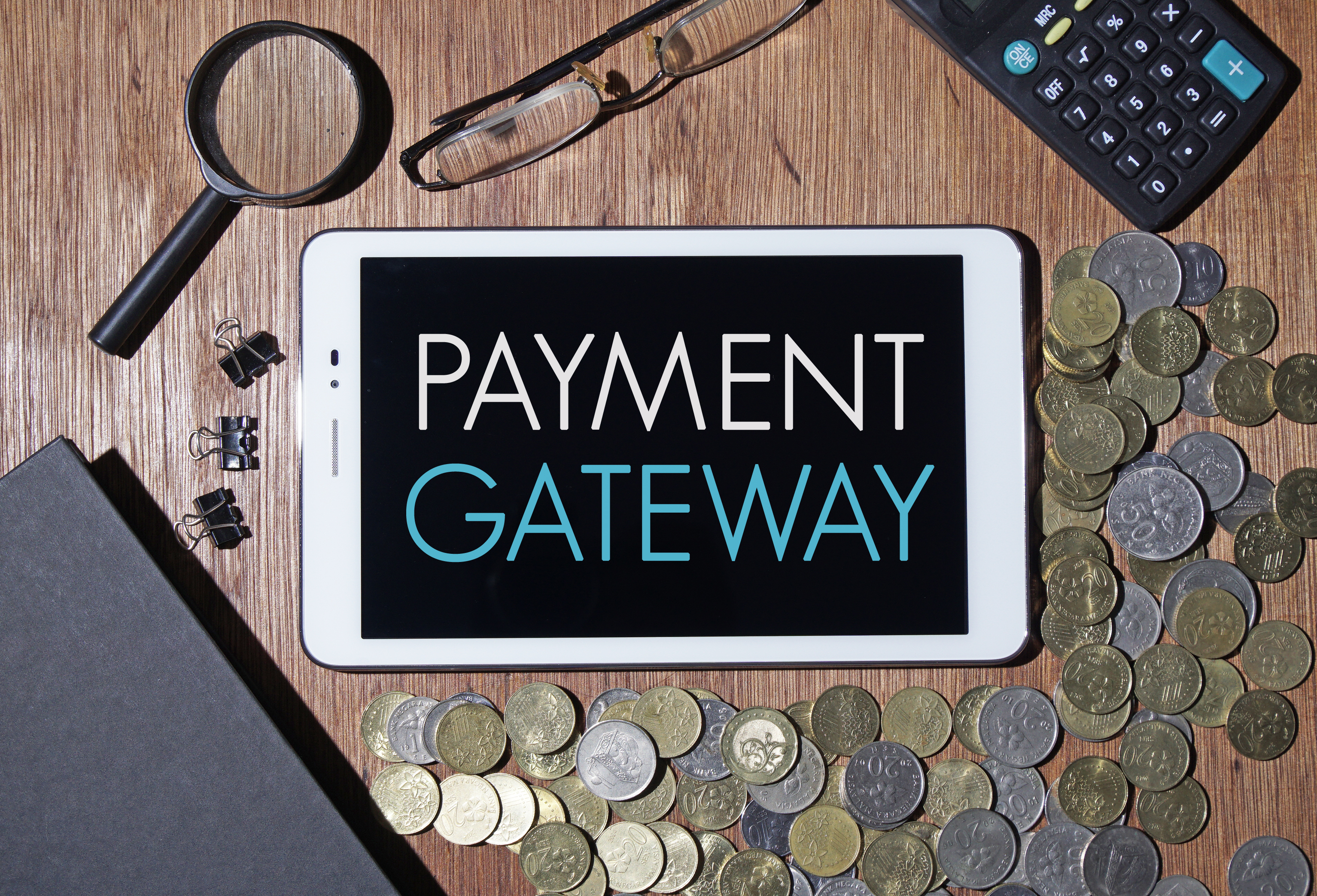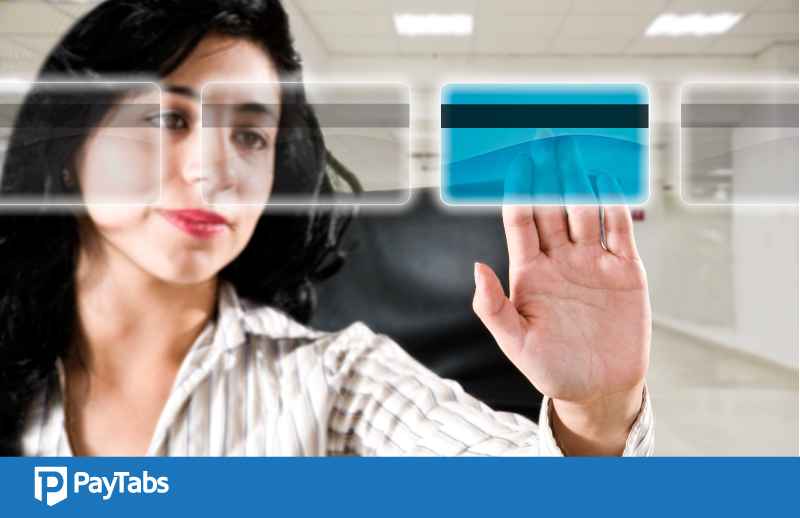5 Emerging Trends In The Mobile Payments Space

Internet was introduced just two decades ago and smartphones ushered just a decade ago marking a new revolution. Smartphones have already become the centre stage of our life today.
People not only communicate using their phones but do so many other things including many of their daily tasks. From shopping to social communication, and from bill payments to online learning, mobile phones have become an indispensable tool in our life.
As a matter of fact, mobile payments were not considered a viable option for financial transactions not very long ago because of the security issues involved. But with advanced technology and secure platforms, mobile payments have become a norm. According to a study, in 2016, 47% people used mobile phones for payment processing in the US.
In a way, innovations in mobile phone technologies have just begun. More and more new trends are expected to emerge in future that our forthcoming generations will use and they might completely eradicate the use of paper money and traditional payment methods.
Among the major trends emerging at present in mobile payments are:
- Mobile wallets
Mobile wallets first appeared in the global arena when the Apple Pay app was developed by mobile phone maker Apple. It was soon followed by a flood of such mobile wallet platforms and the prominent ones among those were Microsoft Wallet, Android Pay and Samsung Pay.
It is expected that mobile payment apps would cross a total volume of $500 billion in terms of transactions by 2020. It has seen a whopping 80% compound annual growth rate for the past couple of years. Consumers are also accepting it wholeheartedly. Smartphones are the key for the development of this form of payment technology. With greater mobile phone penetration, this figure is likely to go up.
- User experience is king
User experience is everything when it comes to payment processing through mobile platforms. More and more companies are now targeting audiences by offering a smoother and better user experience in terms of navigation, site layout, load time, and processing.
User experience can be defined on the basis of the following three points:
A. Time saving
People also use their smartphones to save their time while performing a routine task. All they have to do is to take it out from their pocket and start using it for many of their daily tasks. A secure app they can trust for payment processing can save their time and energy. But, the website should be designed in such a way that users can perform their tasks in minimum clicks working on an easy interface.
B. Look, feel, and speed
The look, feel, and speed of a mobile site are extremely important when it comes to payment processing. It helps when the interface is clutter-free and offers a smooth user-experience. More and more customers are prompted to make payment through such sites and apps.
C. Load time
Load time is also an important part of user experience. Make sure that the entire navigation is smooth and fluid. Avoid such stuff on the web page that takes a long time to load.
- Advancement technology to ensure security
More and more security options are being introduced, thanks to advancement in technology. MasterCard recently experimented with selfies in place of passwords and biometric authentication is also just around the corner. The other technologies that are expected to be prevalent in near future are voice recognition, cardiac rhythm and facial identification. Since technology is always in the process of advancement, the sky is the limit for such ongoing innovations and possibilities.
- mPOS adoption
Mobile Point of Sale is also becoming extremely popular with merchants all around the globe. It offers safety and ease of use. As far as mobile payments are concerned, there are certain other benefits that come with them. It is expected that more than 50 million mPOS devices will be installed by 2019, according to ABI Research. This is roughly 50% of the POS machines already installed at present. Though mPOS will not completely take over POS, but both are likely to coexist for the convenience of users.
- AI to handle routine transactions
Artificial intelligence has introduced many innovative solutions related to mobile payment processing. One of the most common AI application used is “chatbots”. These chatbots are designed to meet the needs of people making mobile payments. Financial chatbots are designed to transfer funds and print basic financial snapshots on receiving simple voice commands. Verbal instructions can also be handled by AI. It also helps routing number verification and completing ACH payment processing without having to interact with a call centre agent.
Final thoughts
With mobile payment technologies growing further, more and more consumers are likely to make payment using their mobile phones. With biometric and facial recognition, AI and Internet of Things, mobile payments will likely speed up despite challenges.




